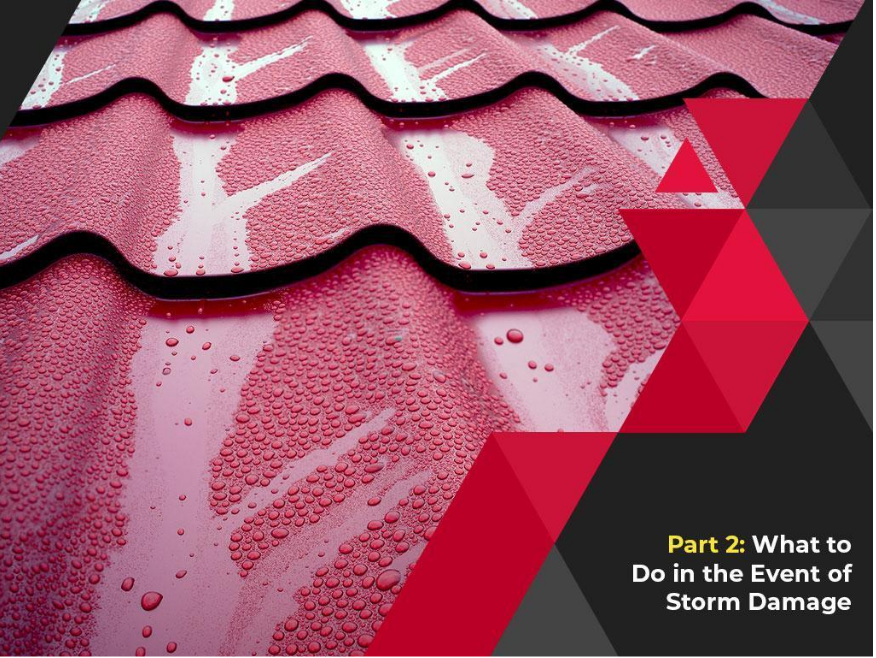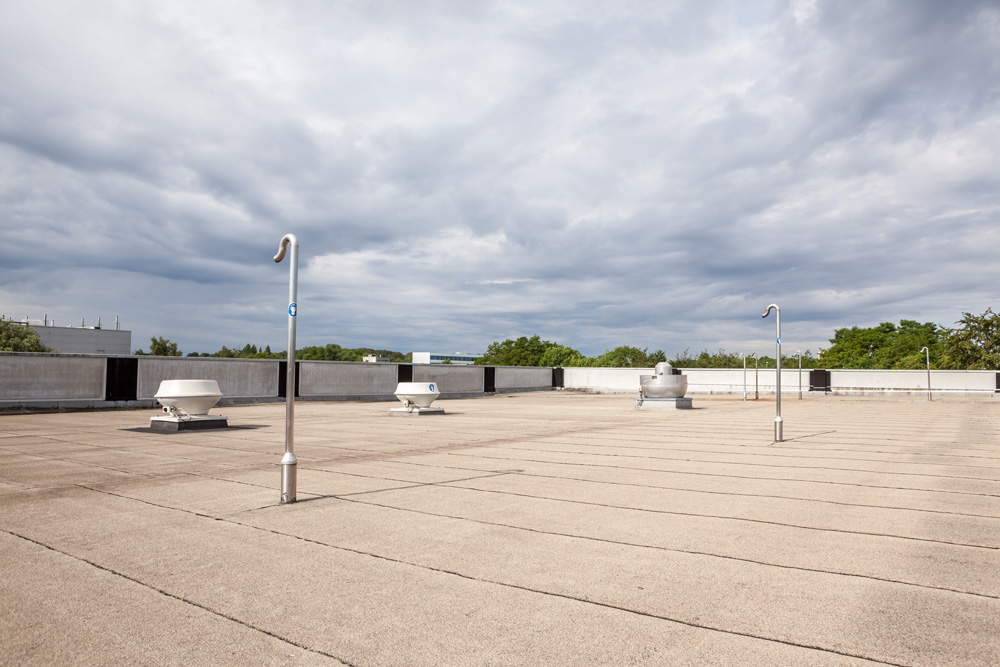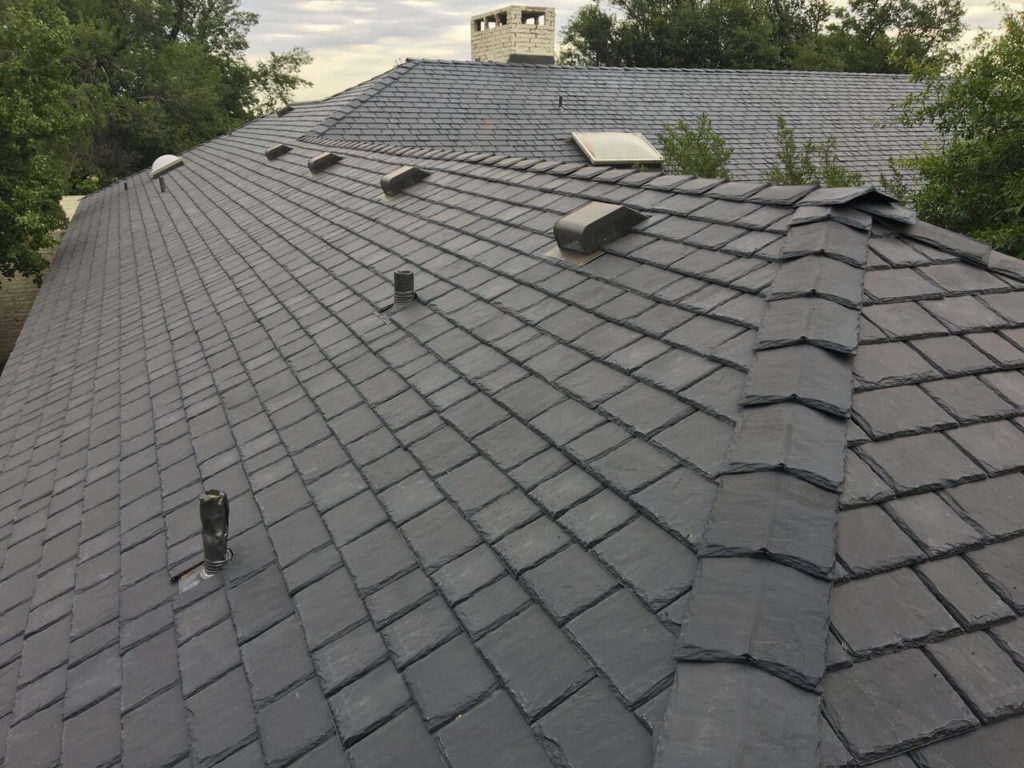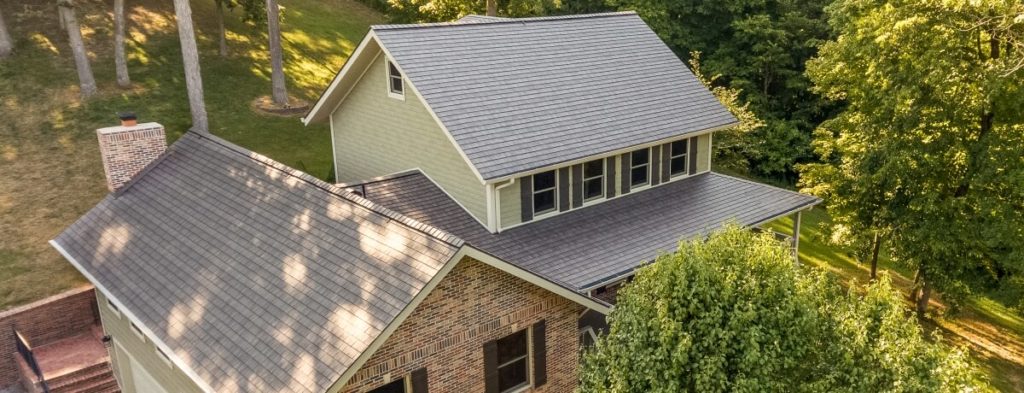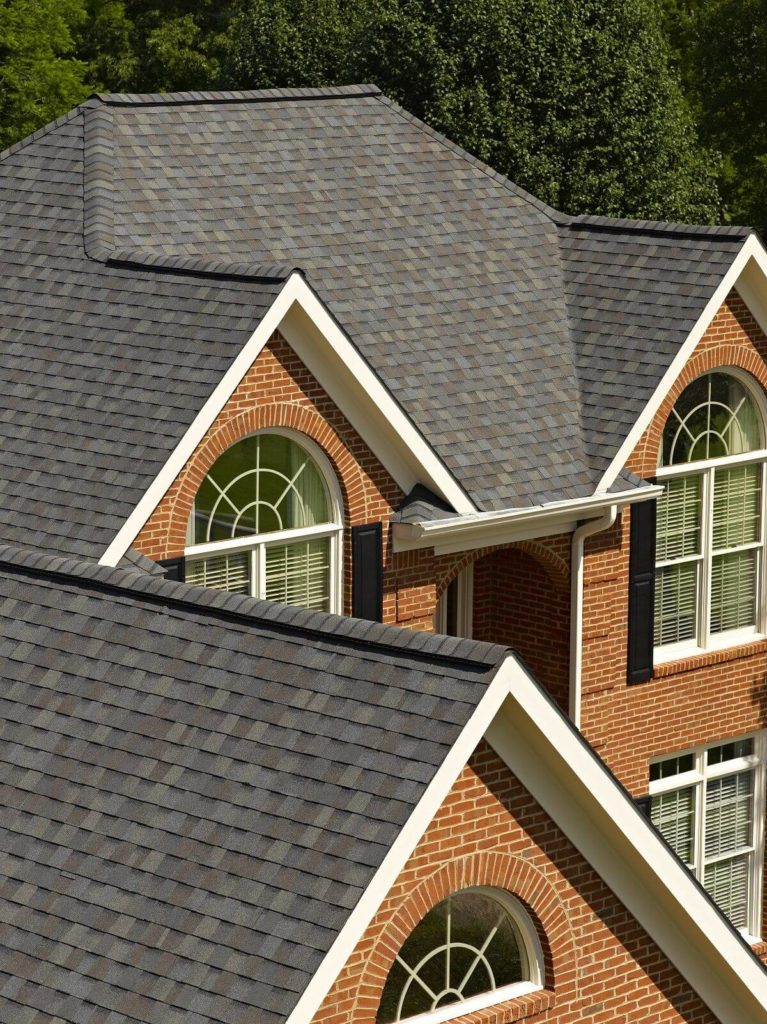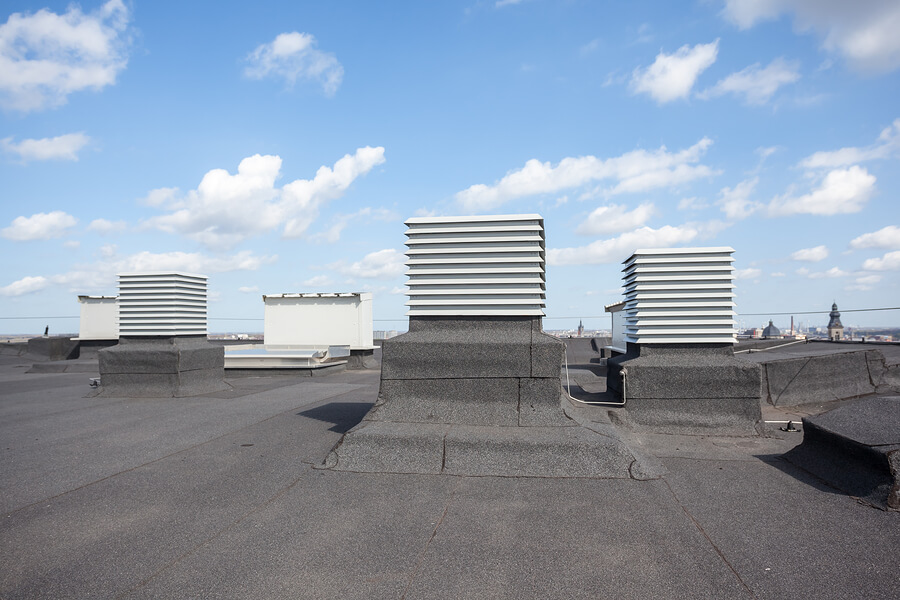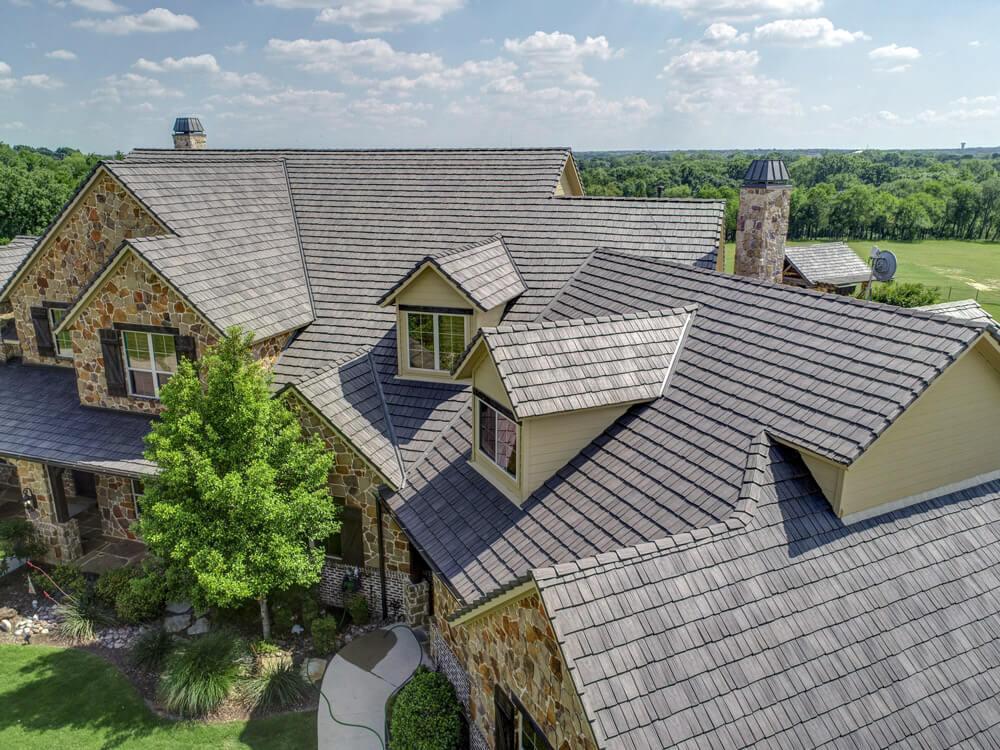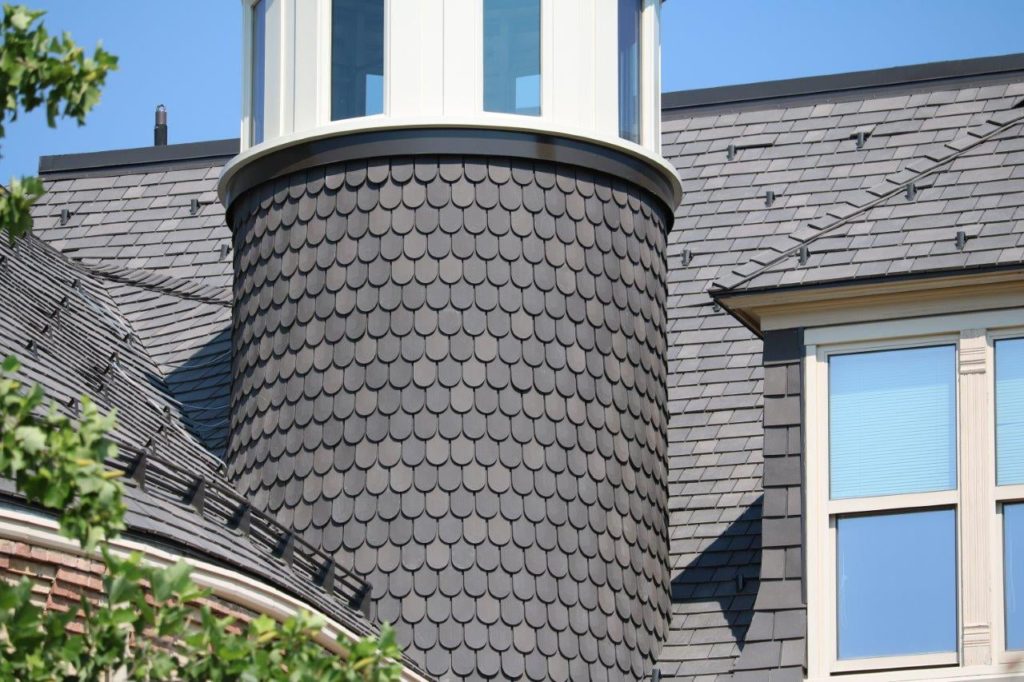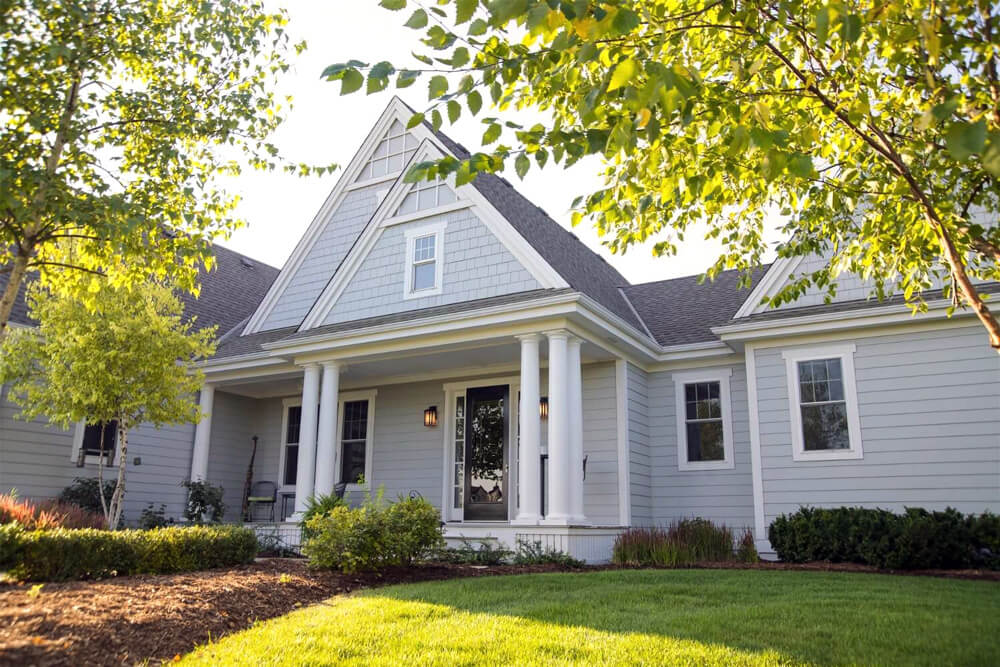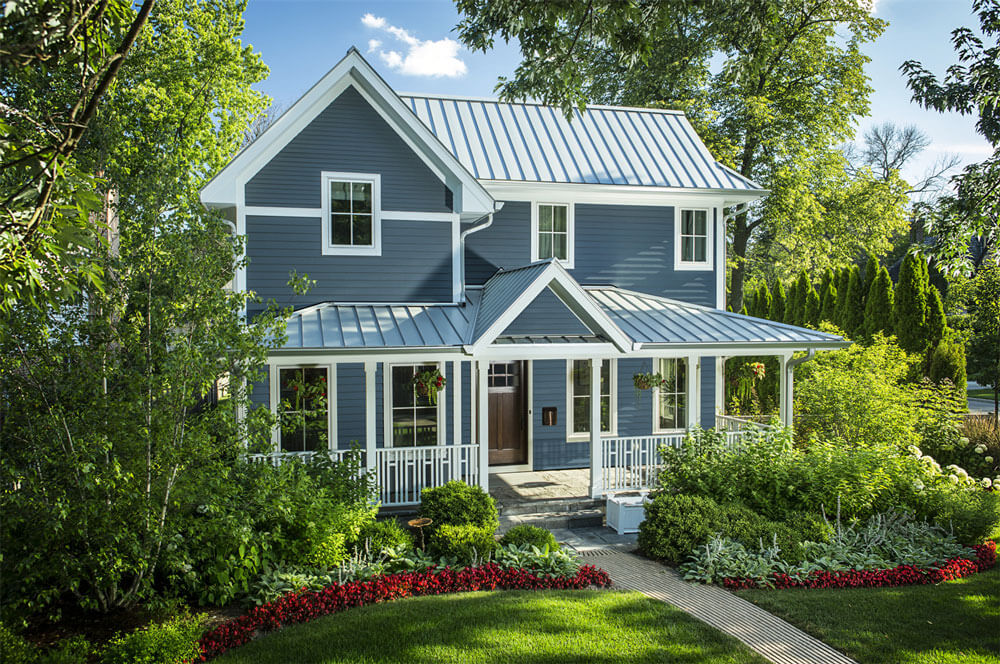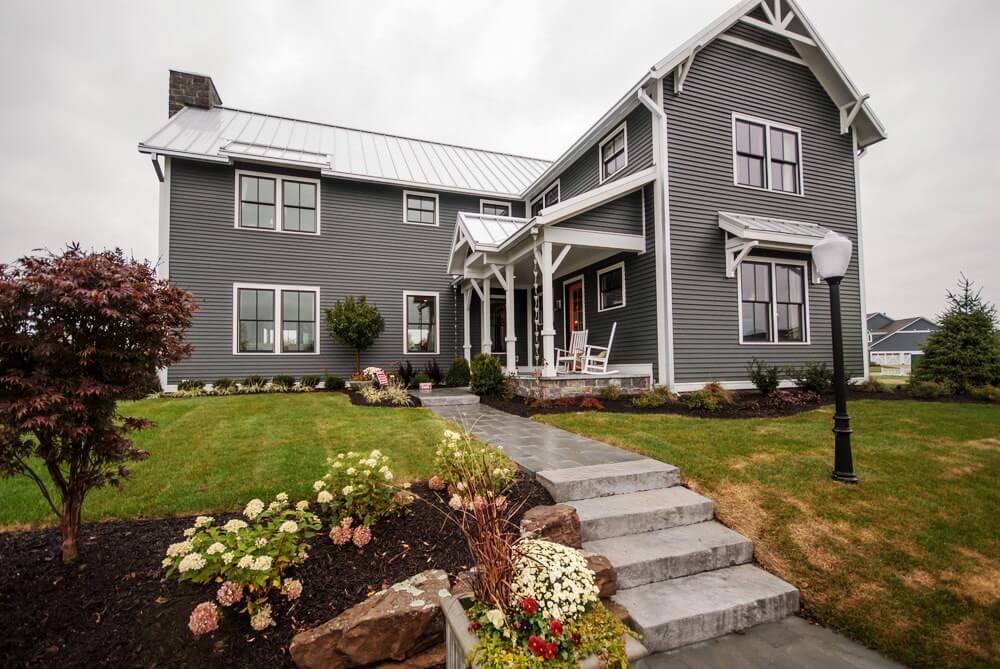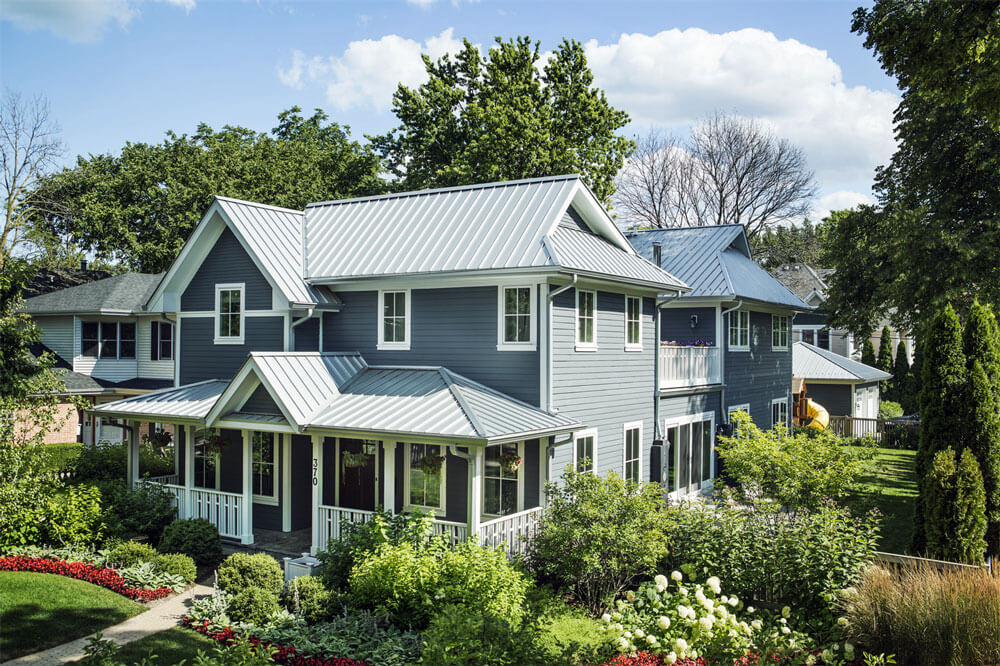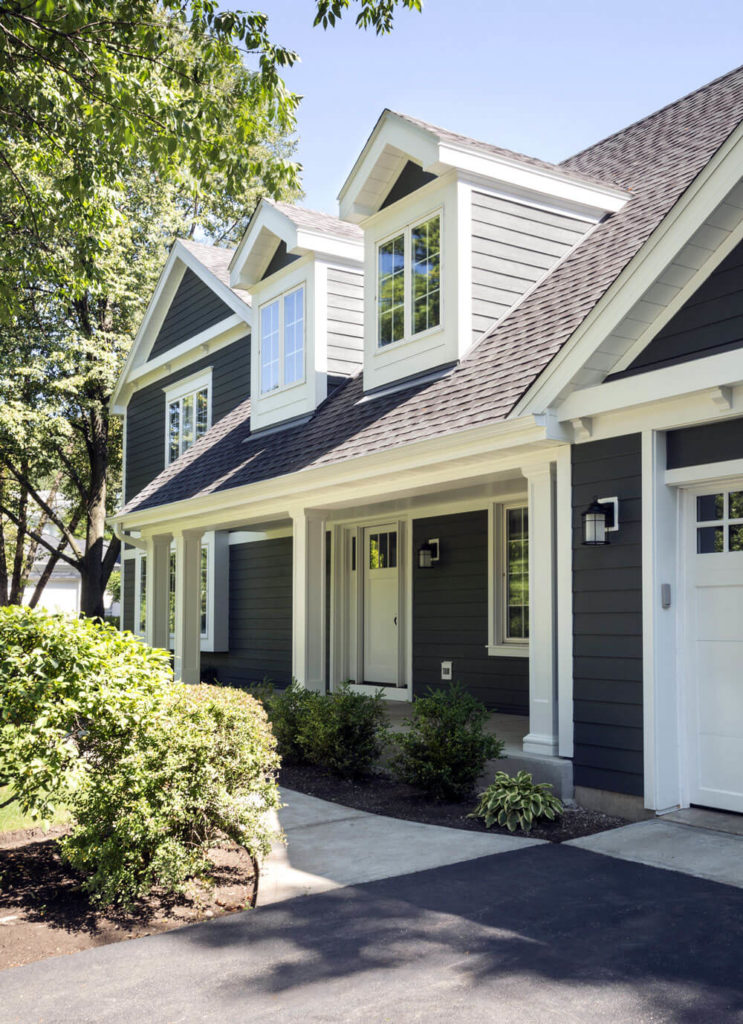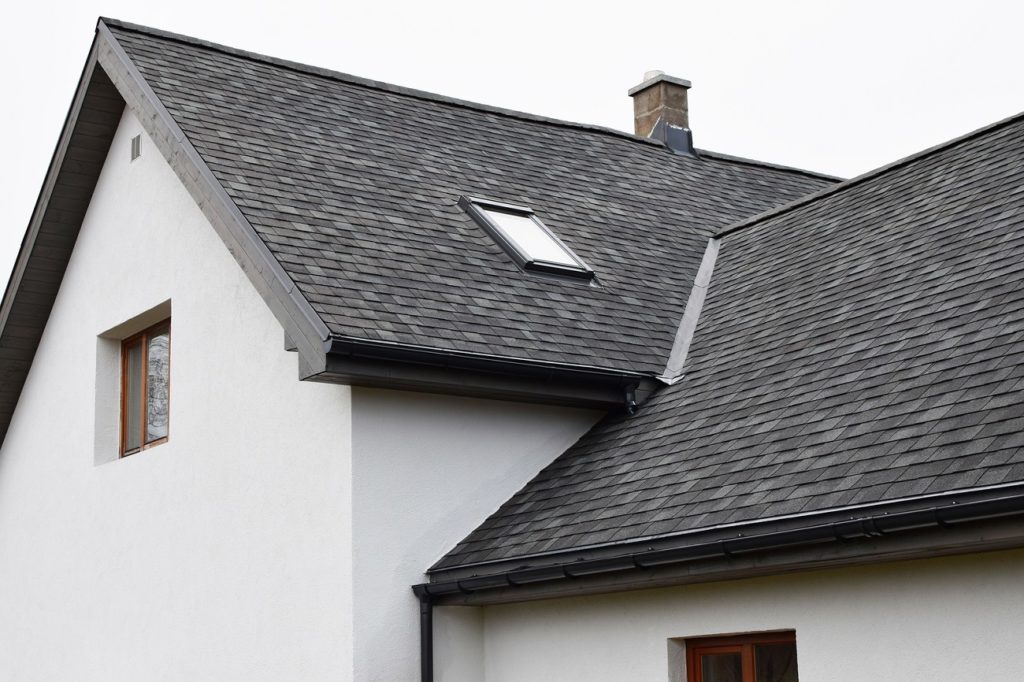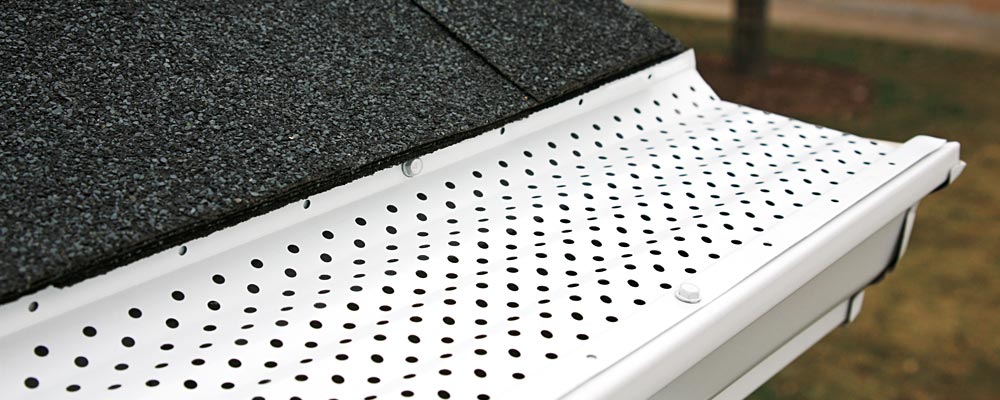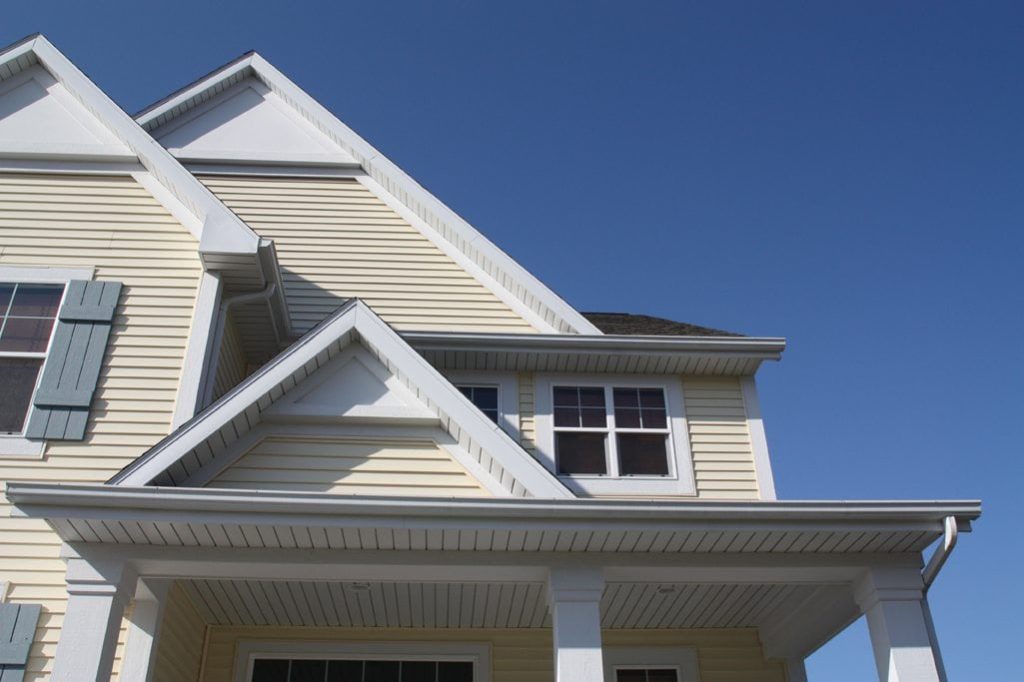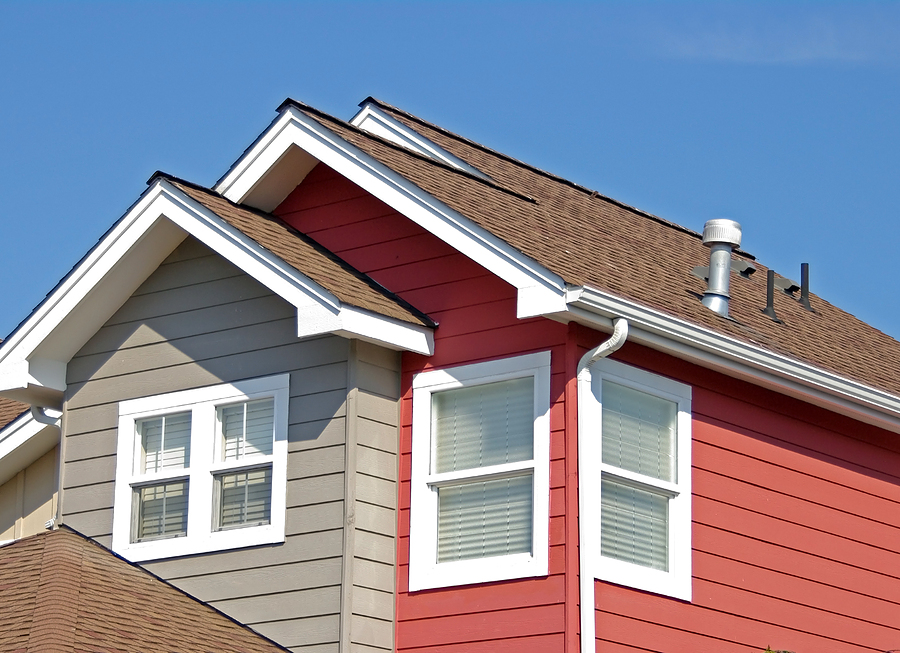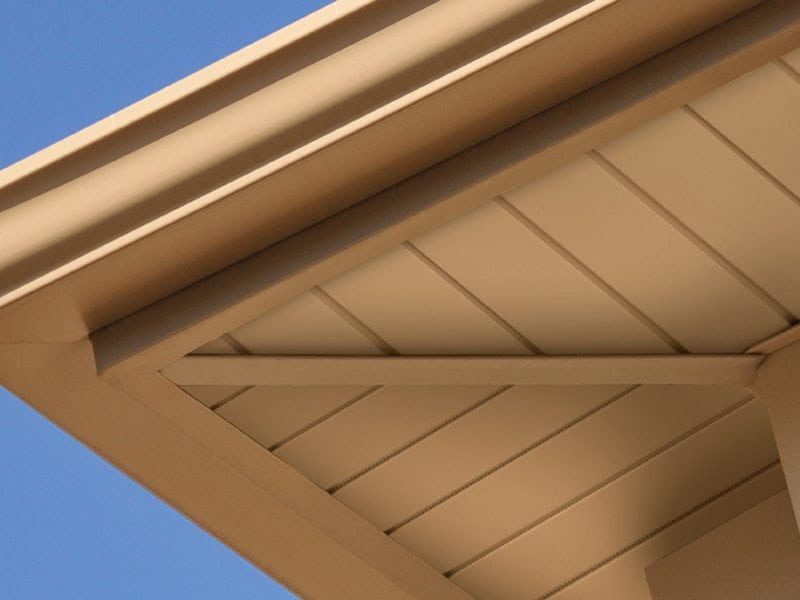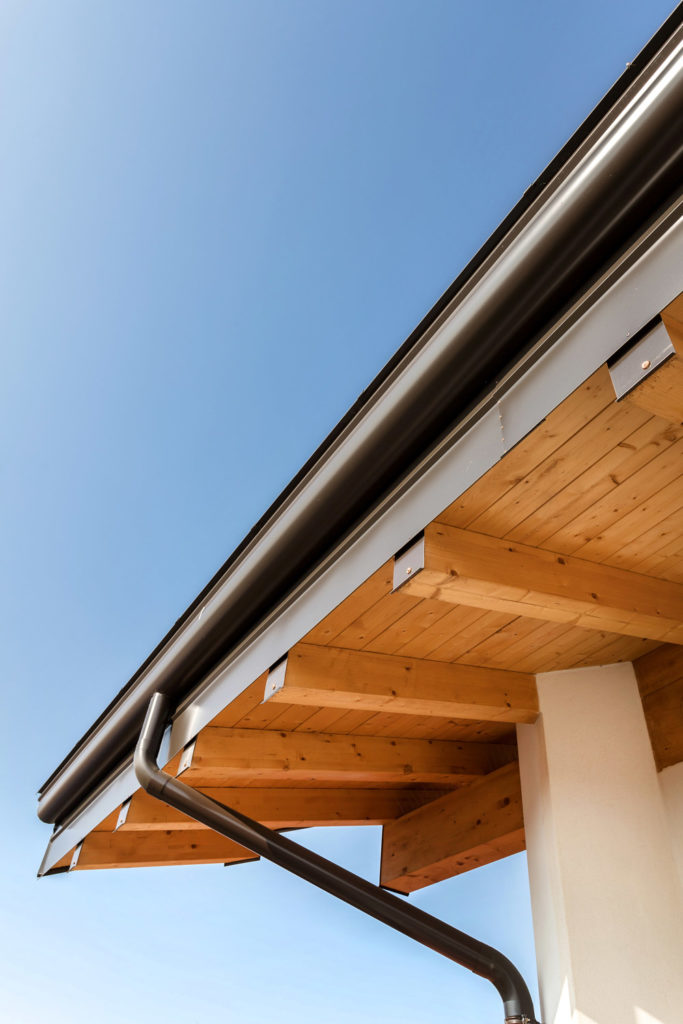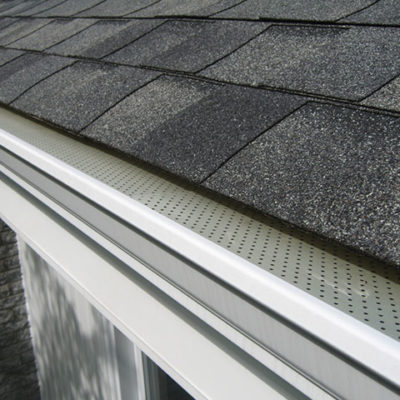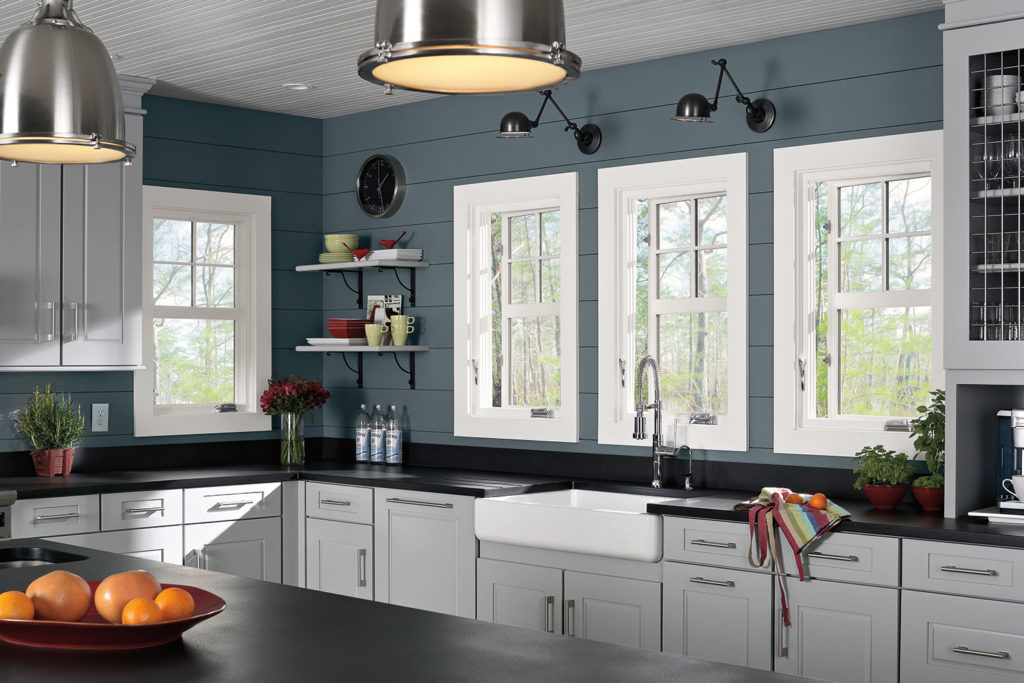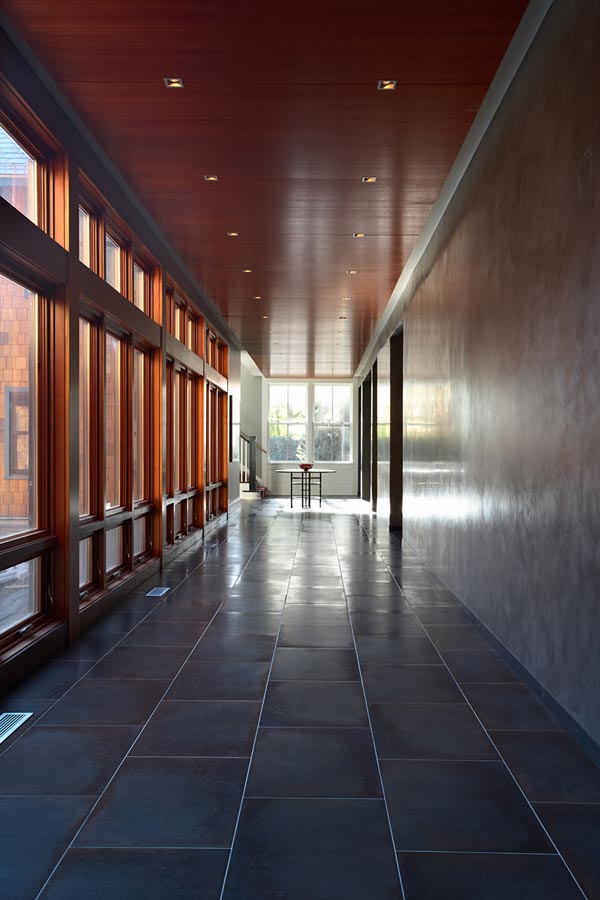Whether your home has recently been hit by a tornado or wind-, hail- or snowstorm, the period after the weather clears is often the most crucial. To ensure that your home’s recovery is as painless as possible, you should take the time to familiarize yourself with the insurance process. This includes diagnosis of the damage, the filing of claims and making repairs.
Document the Damage
Just because you can’t see the damage doesn’t mean that there isn’t any. Hire a professional contractor to come in to inspect and assess your home. Treat your home like you would a crime scene: take plenty of photos and/or videos, inside and out, to carefully document all damage.
Note: In case you need to relocate for a few days, your insurance policy may cover some of your expenses.
Call Your Insurance Company
Knowing what’s covered by your policy is your first priority. Contact your claims agent as soon as possible after the storm has passed. Your claims agent will help properly assess the damage to your home and will explain what’s covered by your policy. Have them walk you through the claims process as well.
Make Temporary Repairs
Once the storm has passed, cover all exposed areas in your home, and remove any debris where it is safe to do so. Call 911 to help quickly address issues like downed power lines or other electrical hazards.
Hire a Credible Contractor
Avoid “traveling” contractors or “storm chasers”. Stick to legitimate, licensed and preferably local contractors. Verify certifications, and ensure they have insurance coverage to practice in your state.
Work With Your Insurance Agent
Count on your contractor to work with your insurance company in helping you navigate the process of getting repairs done, completed and paid for by your insurance company. In most cases, you have one year from the date of the storm to file a claim, but do check your policy – some allow only as little as six months. Regardless, have all quotes approved before you proceed with work on your roof. Save all receipts, including those for any temporary repairs made to your home.
What else can you do to protect your roof? Check out Part 3 of this blog series to learn more.
Categories:
